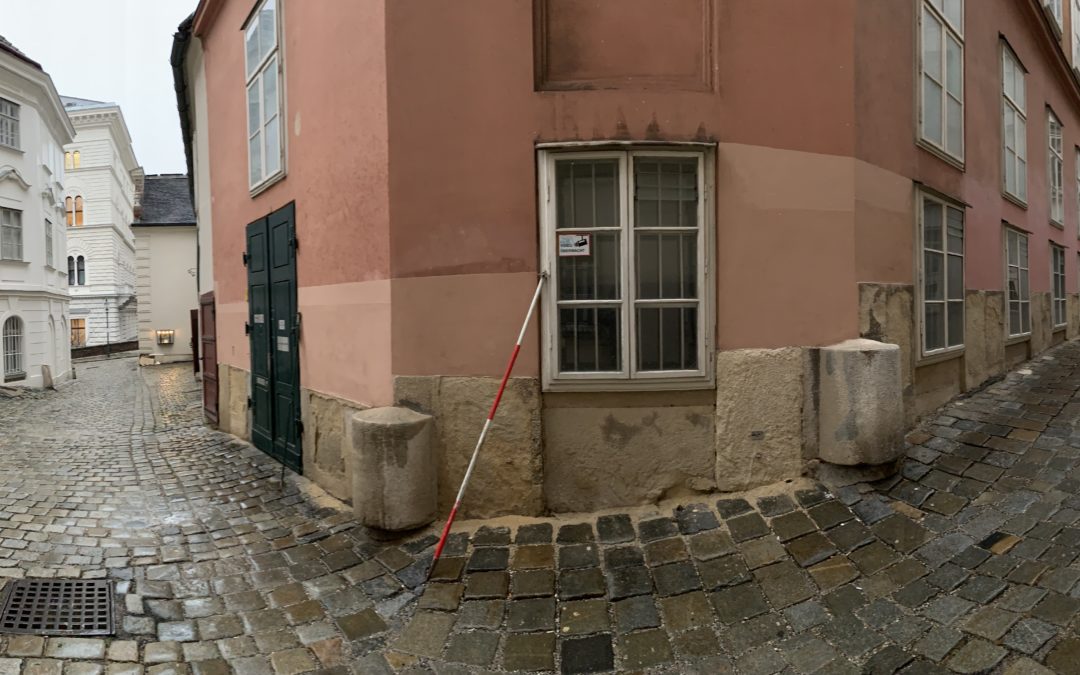
by Dr. Ed Brenegar | Jul 16, 2021 | Circle of Impact, Impact, Network of Relationships, Relationships, Structure, Transition
Whether you are a small business person or a corporate executive, getting the best work out of your people is one of the most challenging aspects of leadership. It takes more than attractive compensation packages and inspirational pep talks. It takes creating a culture of trust that unites people together around a common desire to give their best. Here are five steps any leader can take to build a relationship of trust with their team.
Add to the mix the shift from in the office to a hybrid structure where they are working from home some days, at the office other days, and whether this arrangement will remain or continue to change.

by Dr. Ed Brenegar | Mar 13, 2021 | Book, Circle of Impact, Ideas, Impact, Relationships, Structure, Transition, Uncategorized
I came to realize through working with leaders and their organizations that their problems were not just organizational. Within their teams and workforce, there were philosophical differences that made creating a culture of trust more difficult. I found that when the ideas that we identify as values were treated as secondary or optional aspects of the business, it also contributed to difficulties in how people worked together. Trust in relationships is a product of clarity of not just the why of the company, but the how. It doesn’t take long talking with people from any business to discover if they are clear about the company’s values and goals. When that clarity is missing, there is reticence on the part of employees to give their best each day.

by Dr. Ed Brenegar | Oct 6, 2020 | Book, Circle of Impact, Ideas, Impact, Relationships, Structure, Transition
In September 2018, after Circle of Impact was published, I hit the road to promote sales of the book. I spent the next year talking to people standing in bookstores, sitting at bars, in laundromats, parking lots, and hotel lobbies. These conversations went something like this.
“Oh, so you are the author of this book?”
“Yes.”
“What’s your book about?”
“It is a book for people and organizations that are in transition.”
Then they would give me a surprised look and say, “Oh. … Well. … That describes me.”
Then a conversation would happen where they would tell me a story about who they are, their life experience, and why they felt they were in transition.
I found that people first feel that they are in transition. But they lack a way to talk about it. This feeling rises deep from within themselves. This is especially true if they have either worked in an environment described above where they are simply hired to perform specific tasks or have been out of the workforce for a while taking care of family needs, whether children or elderly parents.
Of all the ways that I could describe the book, speaking about transition resonated most significantly with people. This isn’t just personal. It is also something happening to our society, our communities, and every organization within it. It is a global reality felt at the most intimate level of our lives. It is also clear that some people are better suited or prepared to make transitions in their lives, while for others it is a very tough, hard experience.

by Dr. Ed Brenegar | Apr 27, 2020 | Book, Circle of Impact, Ideas, Transition
“It is vitally important that we understand what change is. It is the living, dynamic context of our lives. Every thought, every emotion, every action, every response in a particular moment operates within a change context. Every movement, shift in perspective, or initiative taken happens within the context of change. …
I call it the speed of change.

by Dr. Ed Brenegar | Apr 14, 2020 | Community, Fragmented, Impact, Relationships, The Pressing Issues, Uncategorized
In 1899, sociologist Thorsten Veblen published The Theory of the Leisure Class: An economic study of institutions. His research marked a growing phenomenon of people separating their personal life from their work life. Veben was the one who coined the often used term, “conspicuous consumption.” His research marked a growing tension between personal life and work life. This tension is at the heart of the quest for balance.
The balance between life and work, I’ve come to conclude, is an impossible standard. It is a measure of time and activity level rather than a measure of the value of either our life or work.
Ask yourself the following questions.
1. How do you know when there is balance between your life and work? Is it a 50/50 split?
2. If you were to achieve balance, what would be different? Is it simply that you would have more time to pursue your leisure time interests?
3. Presently, which side, life or work, is more out of balance? What is it specifically that tells me this?






